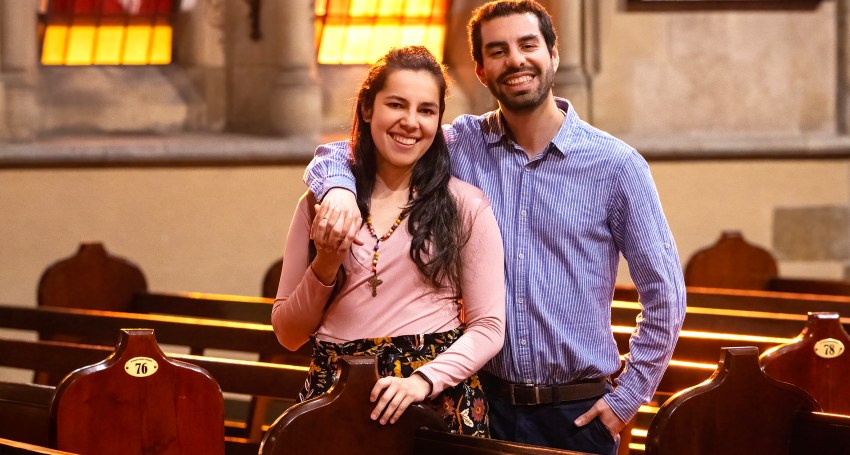The right move
Opinion
A few years back – well about 20 actually – I worked for the SA Government on a project called Make the Move.

It was aimed at attracting skilled workers to Adelaide on the basis that our lifestyle, including housing, was more affordable, and travel times were far less than the east coast cities. The 20-minute city, according to the spin. It was optimistic then but even more so now!
At the time there was widespread acknowledgement that the State needed to increase its population if it was to prosper and provide employment opportunities for young people. The campaign involved trying to attract workers from both interstate and overseas – from the UK and India in particular, but also from counties such as the Philippines and South America.
Advertisement
With the birth rate stagnant if not declining, and with many young people leaving the State in search of better job opportunities, the Government invested heavily in a marketing campaign.
High profile ambassadors were enlisted, such as cricketer Darren Lehmann who promoted SA in cricket-loving India. Ads in subway stations and on the back of buses were run in Sydney, Melbourne and London showing families playing cricket on the beach (no algal bloom back then), or parents dropping their kids off to affordable colleges in leafy suburbs.
Having worked closely on this campaign, I find it incredulous that we are seeing hundreds of thousands of people marching through the streets of Adelaide and other cities to express their opposition to immigration.
Much of this opposition is based on the misguided premise that immigration is causing the current housing shortage and affordability crisis. As demographers have been at lengths to explain, while our immigration intake may have increased in recent years, that’s only because there was no movement of people in or out of the country during COVID. In fact, the national intake this year of about 185,000 (2025-26) is similar to pre-COVID years. In the five years before 2019, the net intake averaged about 200,000 to 263,000 people per year.
Advertisement
As for housing prices, when borders were shut, the cost of housing rapidly increased. Admittedly interest rates were cut during that period, but it means that population growth is not totally responsible for house prices; there are other factors at play.
Many of the migrants coming into Australia are filling jobs that Australians don’t want to do, such as working in aged care, as fruit pickers, in abattoirs and the like, just as the post-war migrants came with highly qualified backgrounds but ended up working in factories and kept the wheels of industry turning.
So why the sudden outcry over immigration? Fear and ignorance is a dangerous combination at the best of times, but so much more so when people are doing it tough and when the gap between the haves and have nots is getting bigger.
That’s why it’s so important that we put a face to migration, to show that it’s people like you and me who are coming here in search of a better life. All they want to do is contribute to their new country and be treated fairly. Not much to ask really.
Related Story
Migrants full of hope
On Migrant and Refugee Sunday we celebrated the amazing contribution of these people to the Church and the wider community.
People like Jorge and Kelly (pictured) who have not only been incredibly active in our Church but also embracing their new home and its history. They told me how much they enjoyed visiting Hahndorf and learning about the Prussian migrants who settled there, how they visited a Melkite Church for the first time, how they planted trees at Hallett Cove and so on.
In their words, they were ‘not here to receive, but to be part of the community’.
When I asked them how they felt about the anti-immigration rallies, I was relieved to hear they didn’t take it personally and were all too familiar with similar (and bigger) movements in the United States.
As Jorge and Kelly pointed out, First Nations peoples account for less than four per cent of the Australian population, so the vast majority of us are migrants or descendants of migrants.
We would do well to follow the Colombian couple’s example of learning about the country they are living in – both the Indigenous culture and the waves of migration that have made Australia what it is today.










